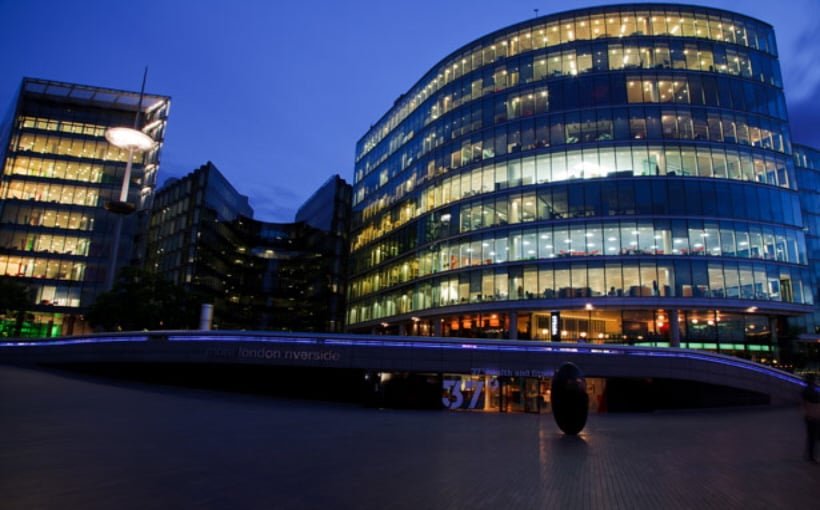

Although delinquency is on the rise among commercial real estate loans, the increase hasn’t yet led to a significant increase in distressed sales, Marcus & Millichap reported in a Research Brief. In fact, the volume of distressed CRE at the end of the second quarter, while up about $25 billion year-over-year, declined slightly from Q1 levels, Marcus & Millichap said, citing Real Capital Analytics data.
Office properties face the most distress, at 47% of the $122-billion total, followed by multifamily, retail and hospitality, each of which had shares of between 13% and 19% at the end of Q2. Only 2% of the distress came from industrial properties.
Helping to keep the tide of distressed sales from rising to the levels seen during the Great Recession are more favorable circumstances for borrowers. “In the first half of 2025, only about 2.6% of total trade volume came from distressed sales, on par with 2016 levels,” reported Marcus & Millichap. “Lender leniency may be helping keep the share of such sales relatively low. Compared to after the Global Financial Crisis, debt capital so far in 2025 has remained generally available, and many lenders continue to
offer borrowers in good standing workout options.”
The post Rise in CRE Distress Hasn’t Led to Rise in Distressed Sales appeared first on Connect CRE.